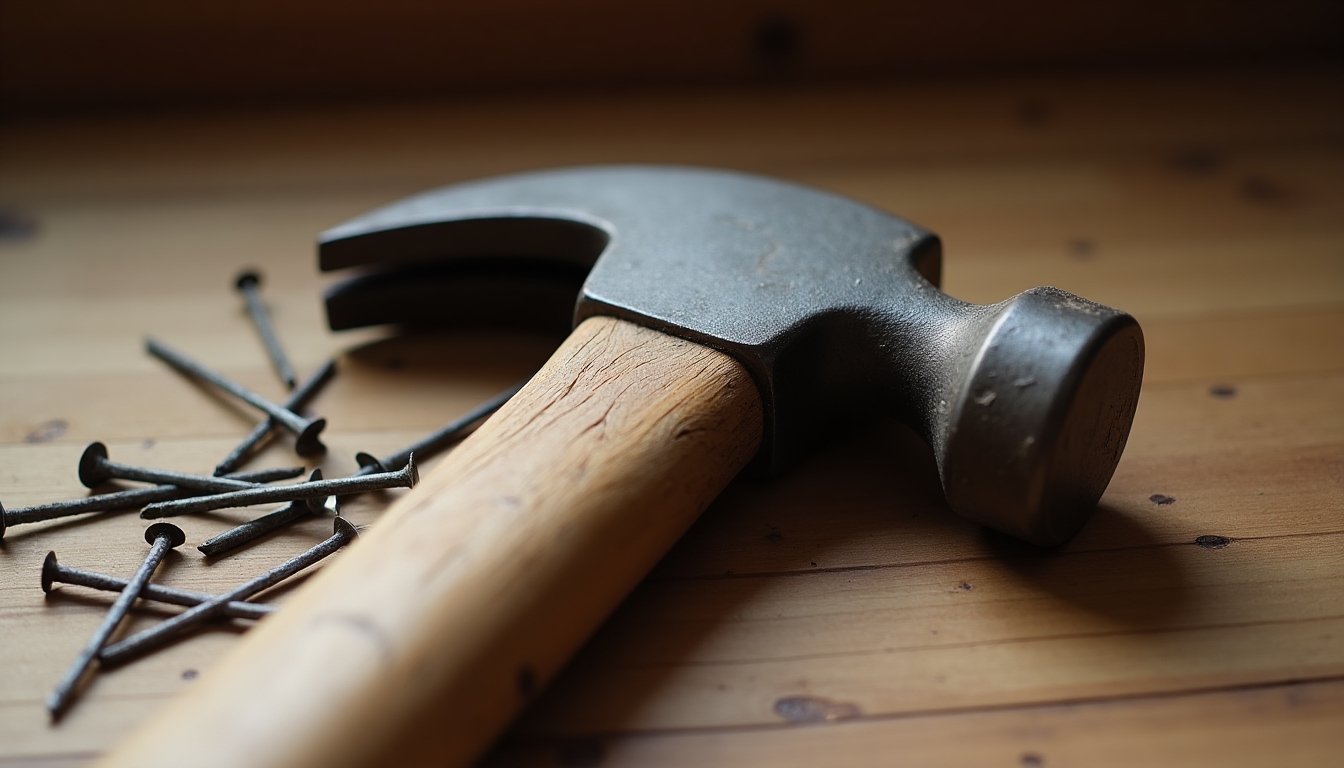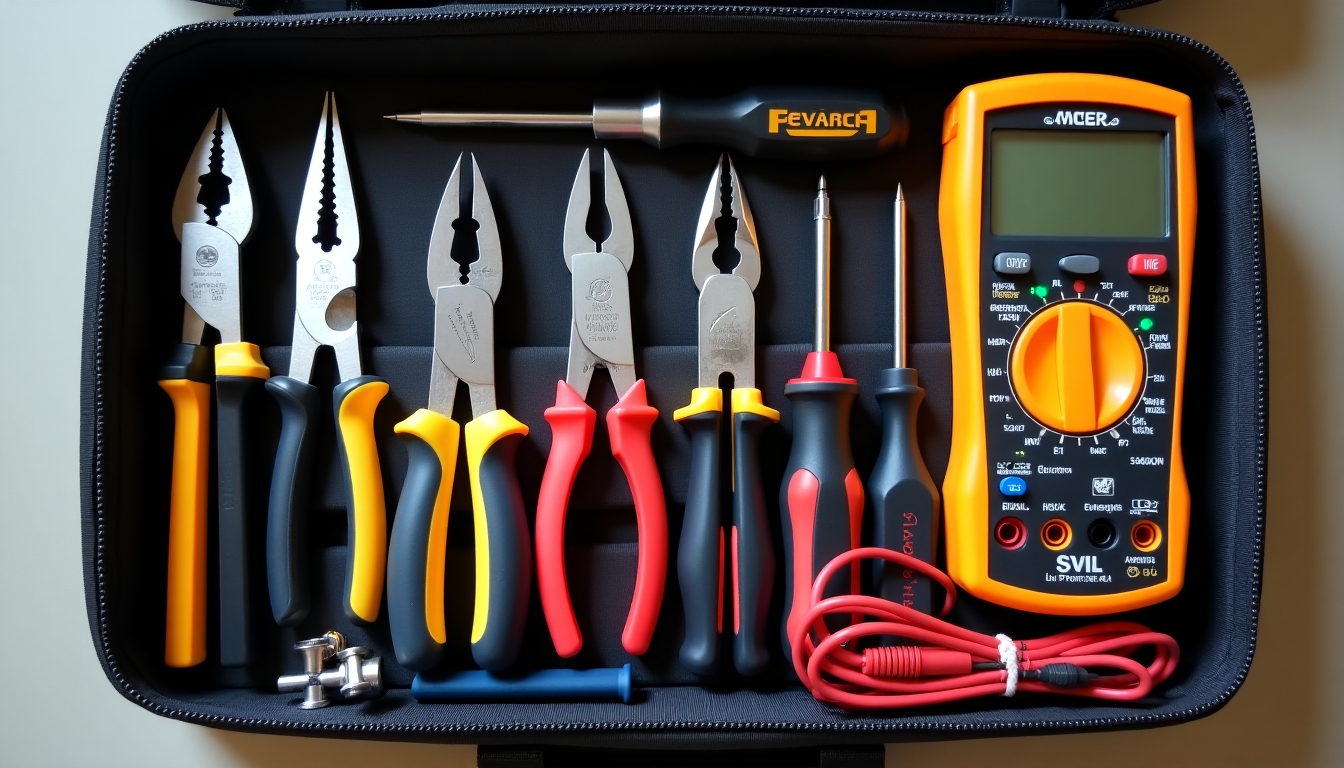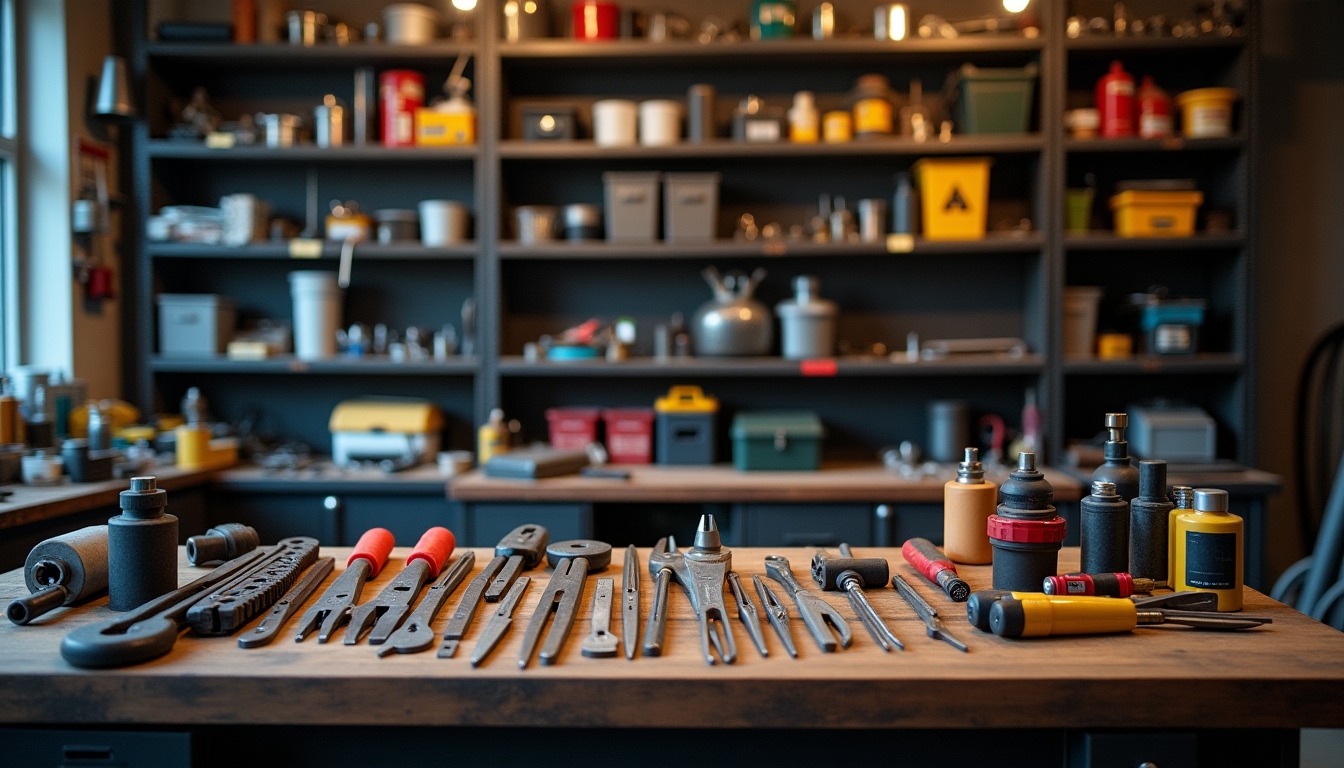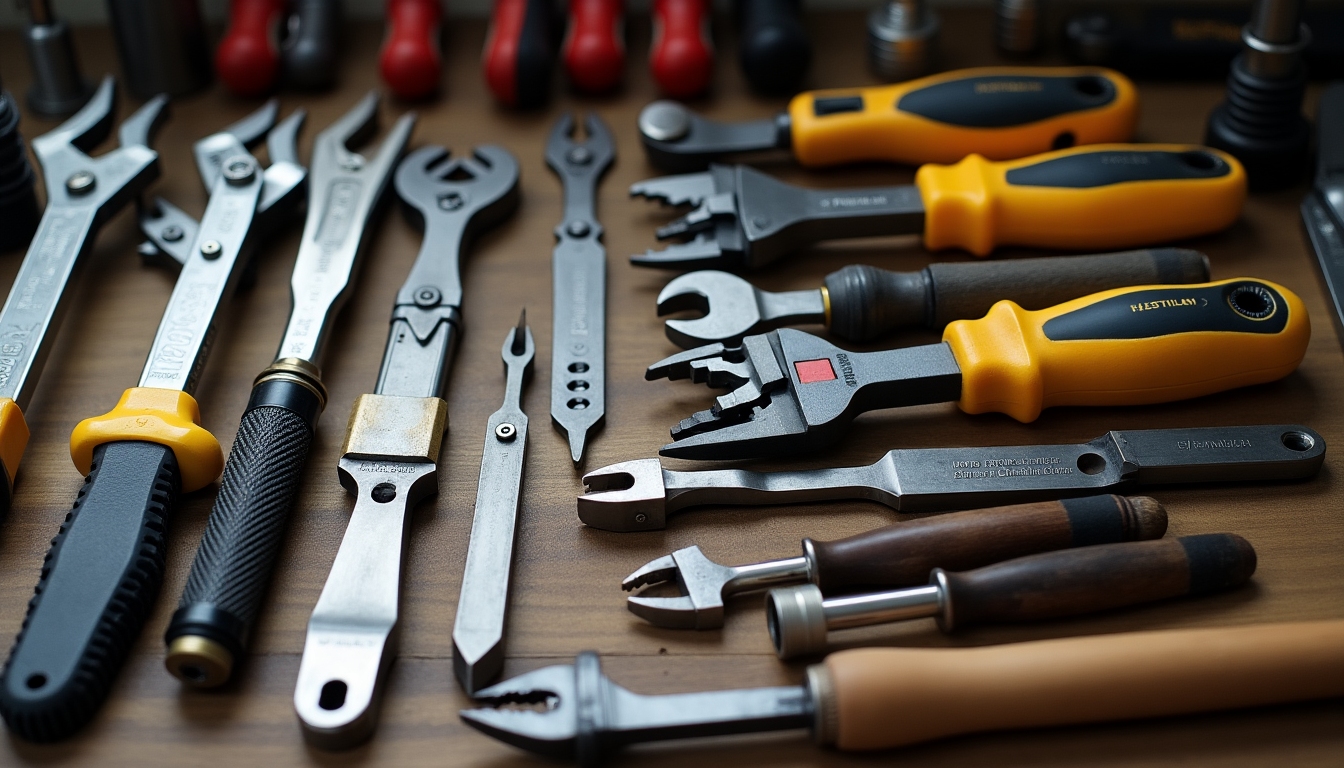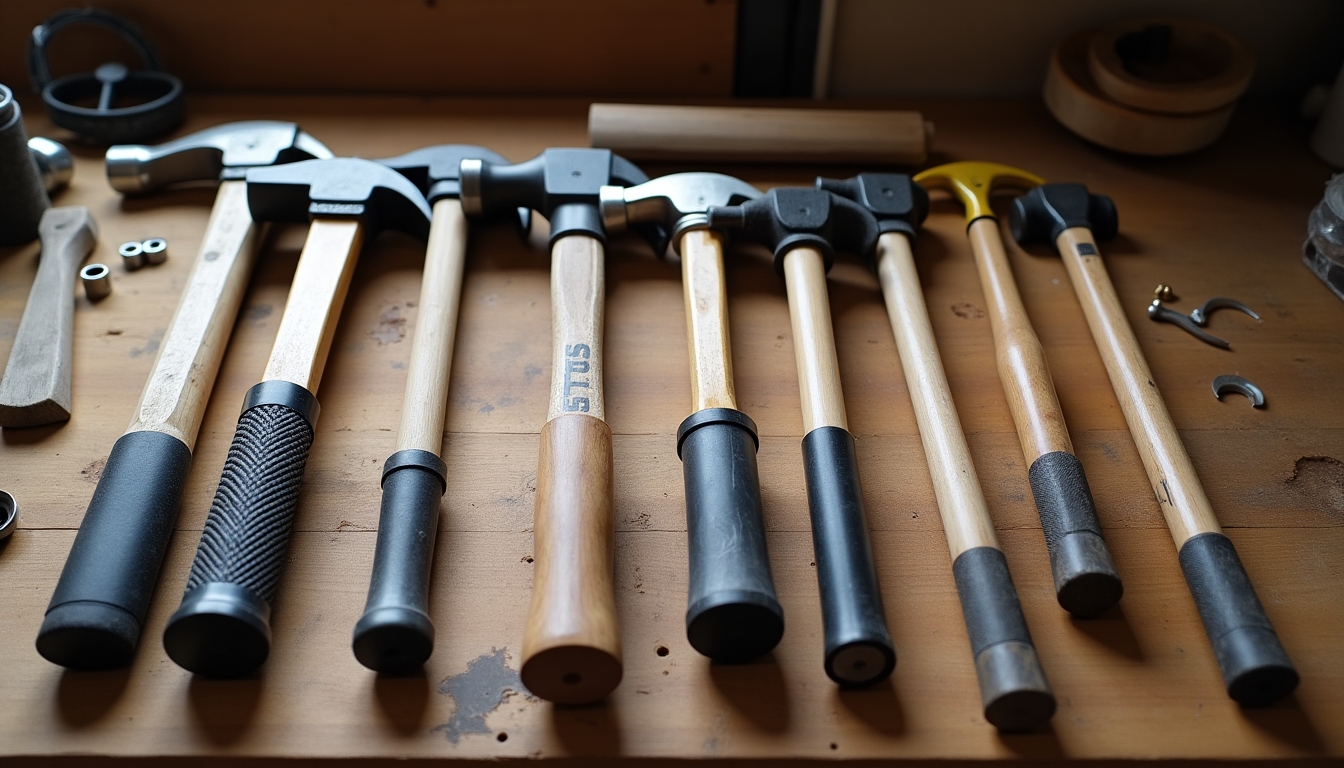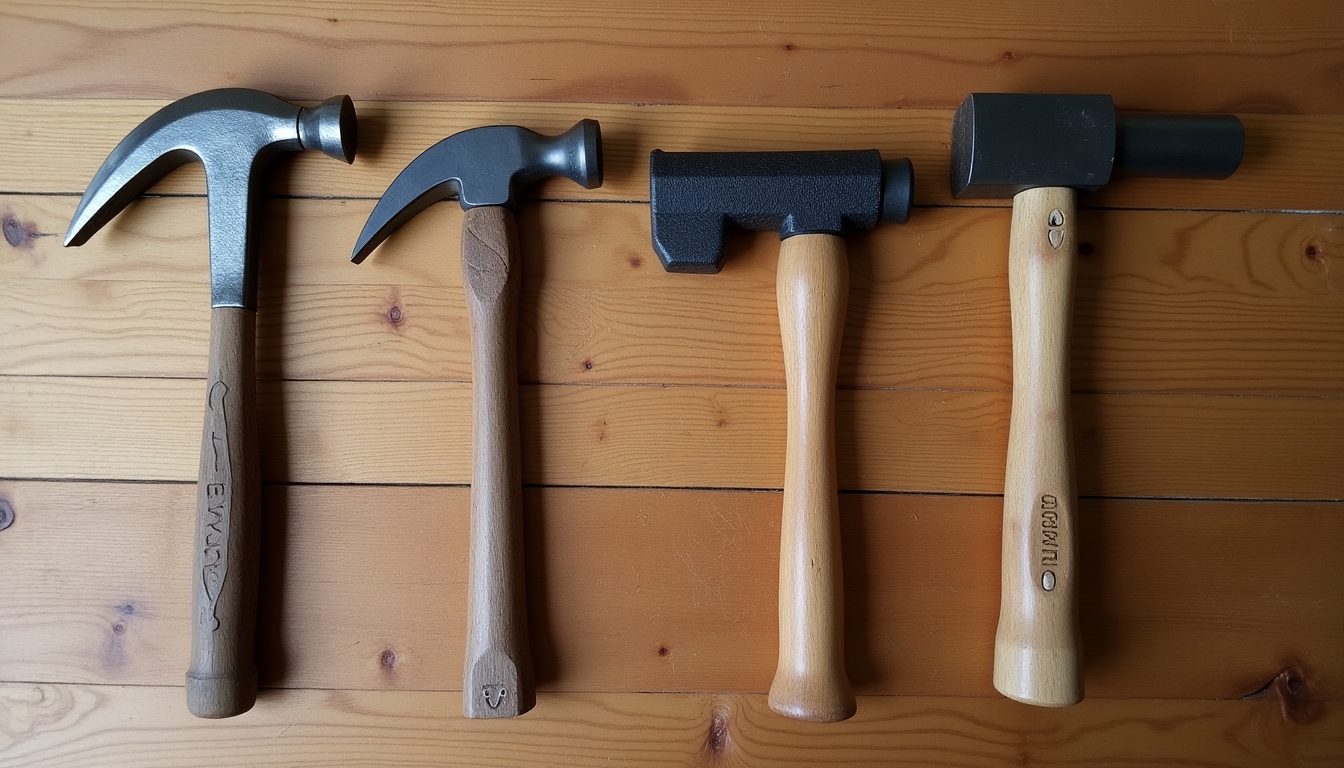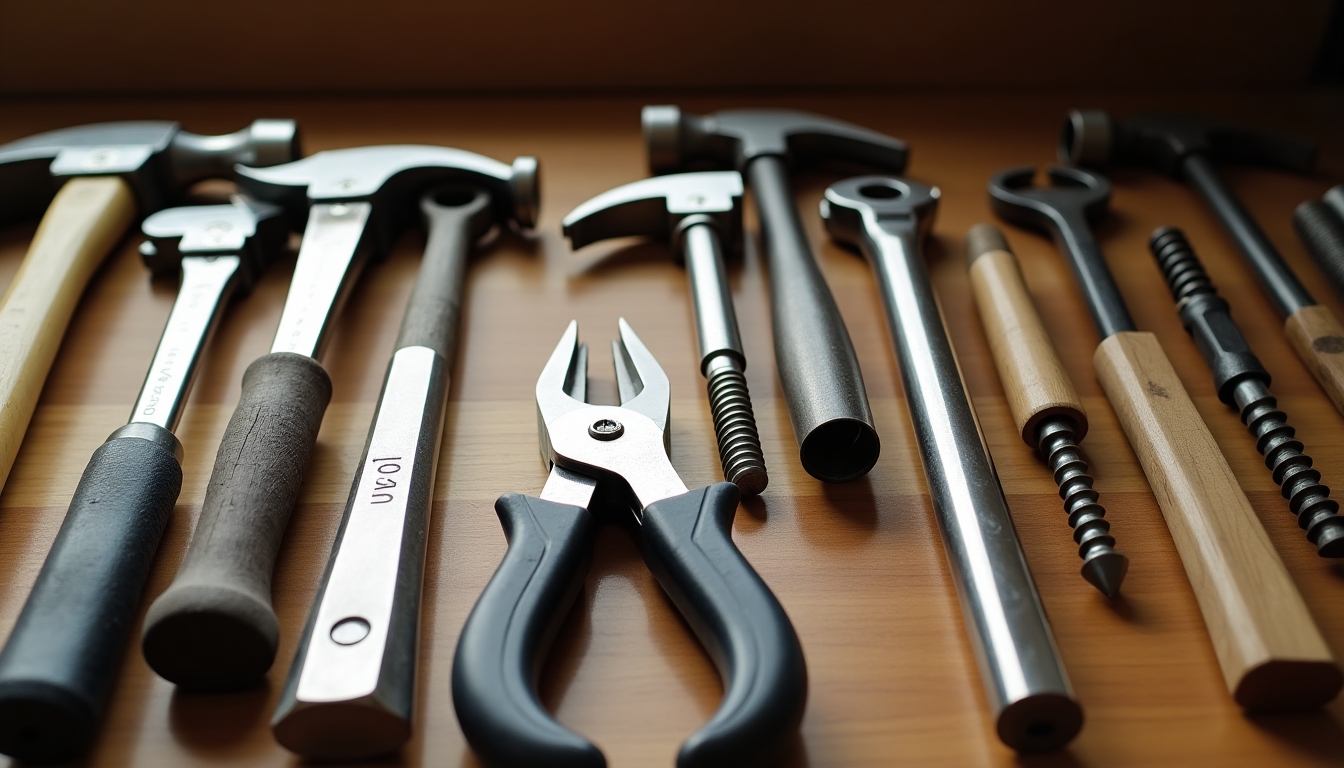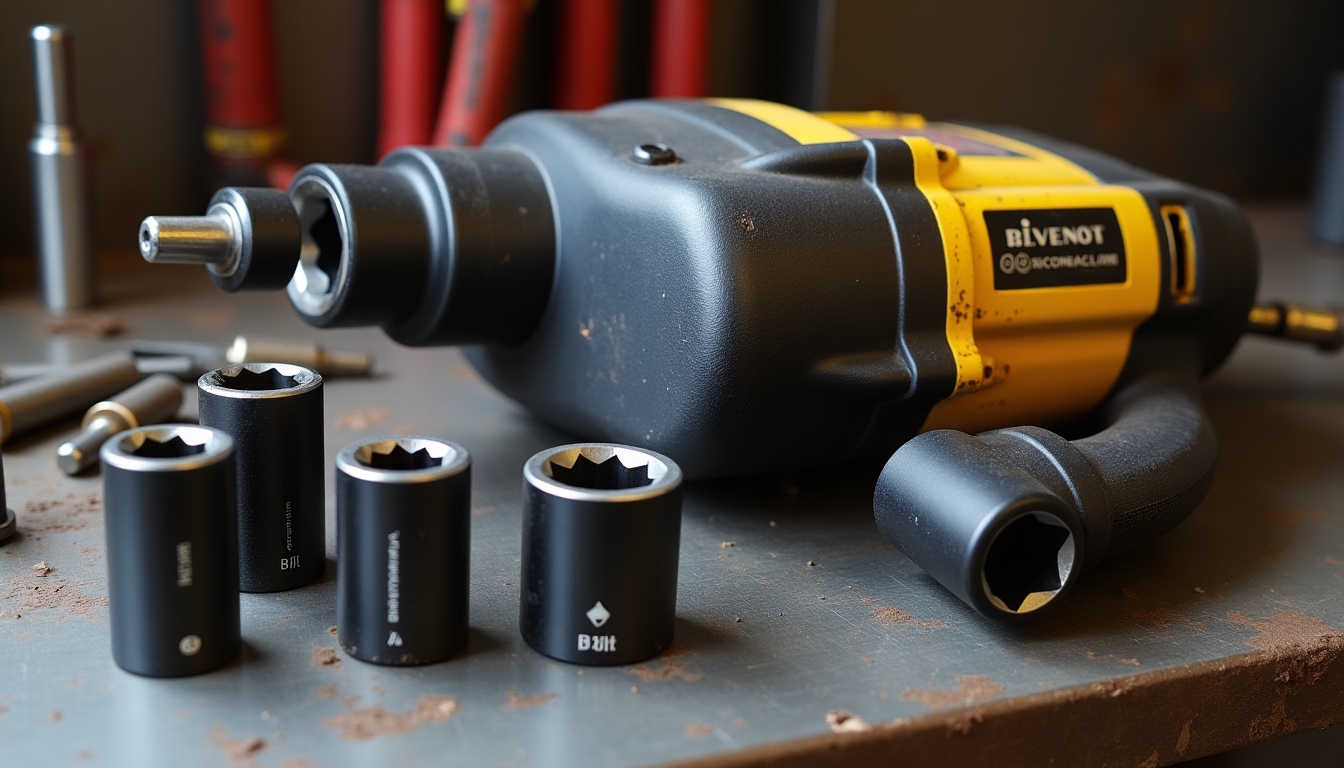An Essential Guide to Choosing the Right Hammer
When starting any project, whether DIY or professional, selecting the right hammer is paramount. This guide explores the various types of hammers for different projects, ensuring you make the right choice for your needs.

Understanding the Basics: What is a Hammer?
Hammers, fundamental workman tools, are indispensable in construction and craft alike. They are designed to apply force to objects, typically driving nails into wood, metal, or other materials. Knowing the types of hammers can significantly impact the quality and efficiency of your work.
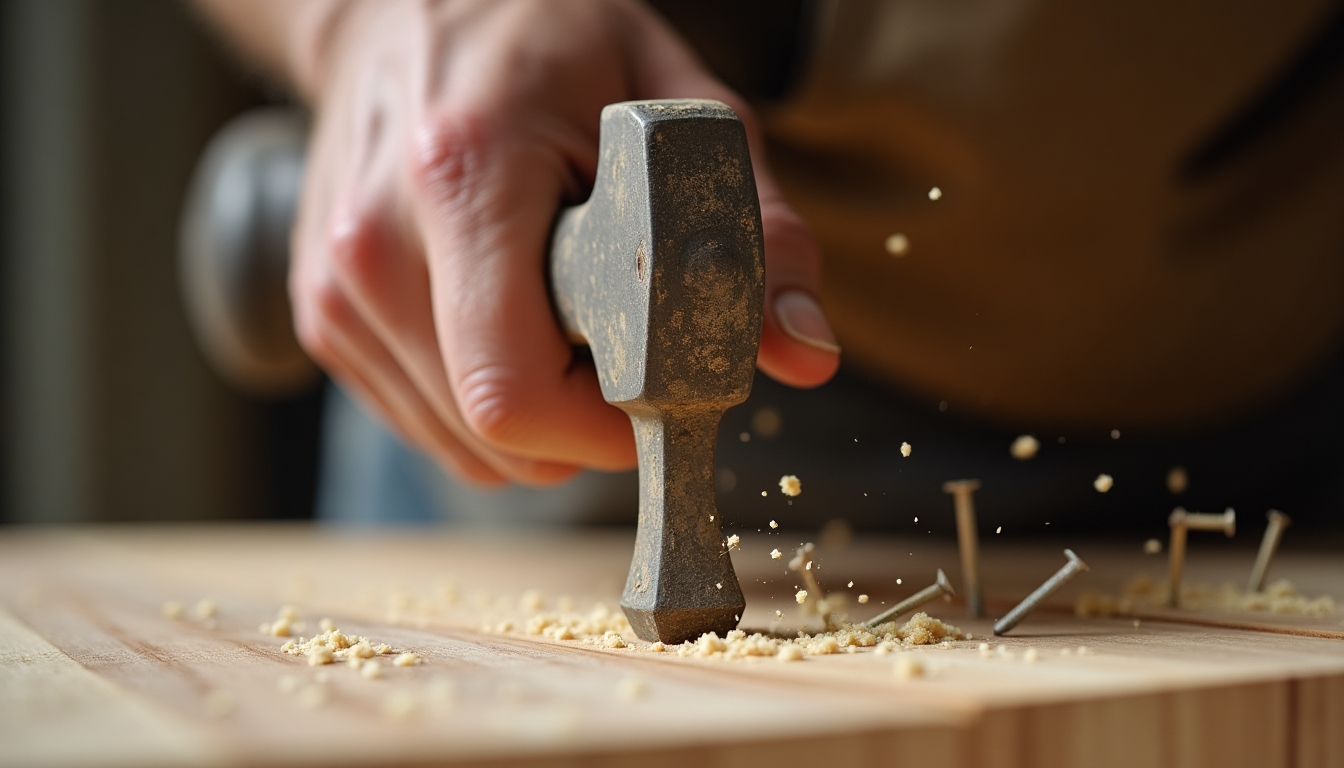
Types of Hammers for Different Projects
To decide on the best type of hammer for your specific project, consider the following options:
1. Claw Hammer
- Best for: Residential projects, general carpentry, DIY tasks
- Features: A flat head for driving nails and a curved claw for removing them
- Personal Insight: Perfect for those just beginning their DIY journey due to its versatility
2. Ball Peen Hammer
- Best for: Metalworking, engineering
- Features: Rounded peen for shaping metal
- Personal Insight: A must-have for anyone dealing with metalwork, providing control in shaping and bending.
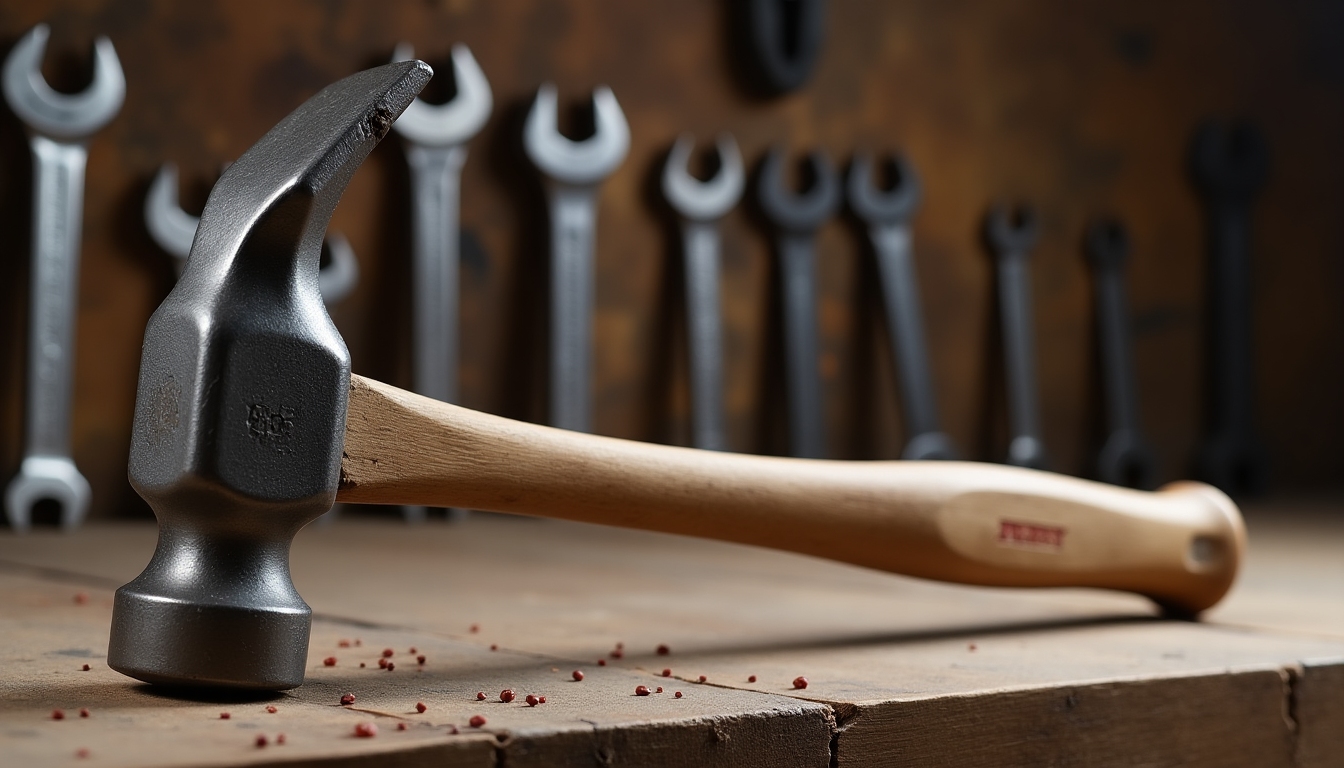
3. Sledgehammer
- Best for: Demolition work, driving stakes
- Features: Heavy head, long handle for increased force
- Personal Insight: While it requires strength to handle, it's effective for breaking through tough materials
4. Mallet
- Best for: Gentle force needed in woodworking, assembling furniture
- Features: Typically made of wood or rubber
- Personal Insight: Ideal for avoiding damage on delicate surfaces, thus used extensively in woodworking.

Choosing Based on Material and Project
Choosing the right hammer also depends on the materials you're working with: - Wood: Use a claw hammer or mallet - Metal: Opt for a ball peen hammer - Concrete or Masonry: A sledgehammer is effective
Personal Reflections: Finding My Go-To Hammer
As a frequent DIY enthusiast, my go-to is the mallet. Its non-damaging properties allow for precision work without leaving dents or marks, especially when assembling furniture. Knowing the right hammer has made every project smoother and more successful.
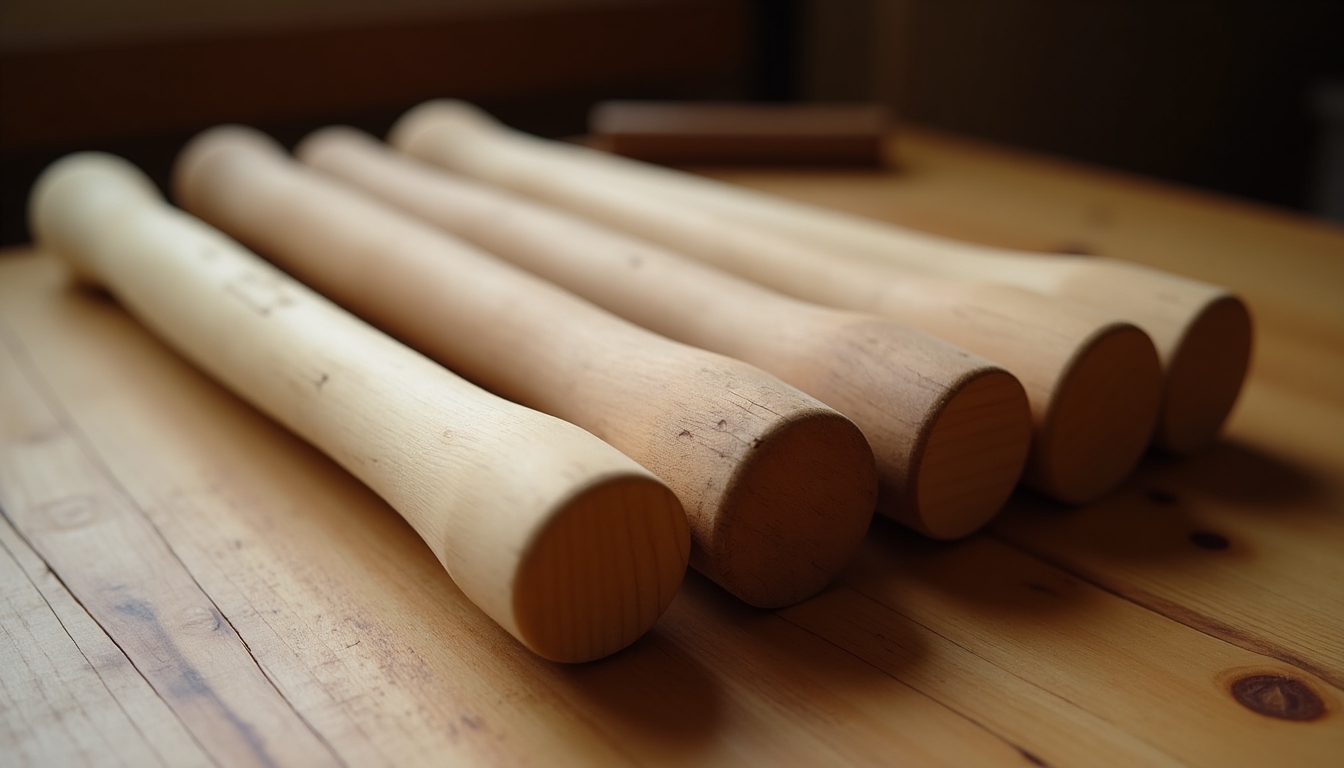
Tips for Maintaining Your Hammers
- Regular Cleaning: Ensure no debris is left on the face
- Proper Storage: Store in a dry place to avoid rust
- Inspection: Regularly check for any handle damage to prevent accidents
Conclusion
Selecting the right type of hammers for different projects is crucial for efficiency and safety. Understanding each hammer's specific use will aid in making informed decisions and achieving successful project outcomes. For further exploration of tools for different projects, check out our recommended readings below.
Related types of hammers for different projects:
- A Guide to Basic DIY Home Repair Tools: Focus on Hammers
- The Essential Guide to Electrical Tools
- Workman Tools for Automotive Repair
- Essential Screwdrivers for Mechanics
- Essential Tool Sets for Automotive Repairs
- Master Your Craft with Advanced Workman Tools for Professionals
- Understanding Hammer Dynamics and Ergonomics
- The Ultimate Guide to Power Tools for Beginners
- Mastering the Art of Using a Hammer Safely
- Comprehensive Guide to Workman Tools for Everyday Use
- The Ultimate Guide to Workman Tools for Professional Builders
- Ultimate Guide to Power Tools for Automotive Repair
